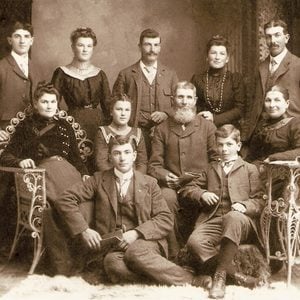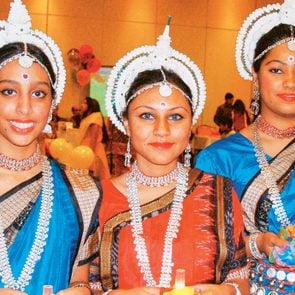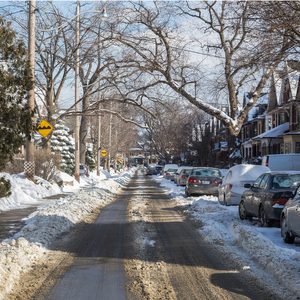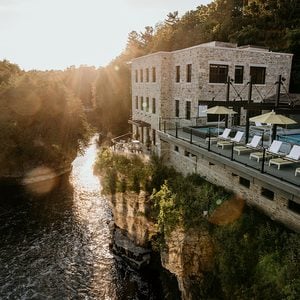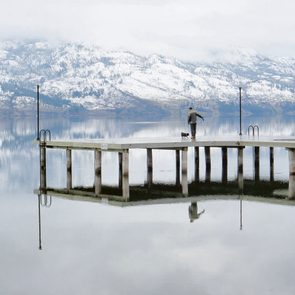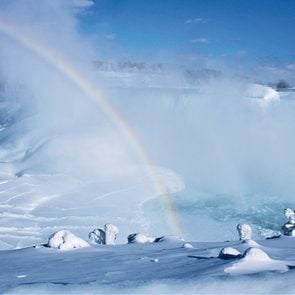Uploading countless selfies, writing intimate status updates, and checking your notifications every other minute seems like just a part of modern-day life, right? These are the markers of the relationship we all have with social media now. They are the norm; nothing to worry yourself about late at night. Or is it?
According to research by experts at the University of Georgia, there may be more to it than that. The study, published in the journal Psychology of Popular Media Culture in 2018, reviewed the results of 62 different studies of social media use. The findings suggested some unmistakable correlations between social media use and what’s known as “grandiose narcissism.”
Social media—the spotlight for our egos
For starters, social media is already intrinsically linked with our egos. What started out merely as a way to communicate with one another has quickly turned into a means of self-promotion online. While it’s certainly not true for all of us, there are some who use these platforms as a way to showcase themselves, and almost always in their very best light. Why wouldn’t they? After all, it’s a quick and easy way to get some much-needed attention from everyone from friends and family to strangers and even celebs. (Concerned you might be addicted to social media? Here’s expert advice on how to unplug.)
It’s how you use the platform that counts
So, when does social media use become a problem? The review in Psychology of Popular Media Culture found four common traits associated with severe egotism: how long people spend on social media, how often they tweet or update statuses, how many friends or followers they have, and how many selfies they tend to post. If you tick all of the above boxes, it likely sends signals about your personality.
All of these online actions have one thing in common: They are all ways in which we try to promote ourselves online. The more often you partake in them, the bigger your ego is likely to be. When people post pictures of themselves or constant status updates, it’s actively asking for a response and some form of attention. (These are the photos you should never post on social media.)
Grandiose narcissists vs. vulnerable narcissists
It’s important to understand that the above study applied only to one specific type of person—”grandiose narcissists,” who are usually more extroverted, callous, and genuinely self-absorbed than their counterparts, the so-called “vulnerable narcissists,” whose egotism comes from their own insecurities. Vulnerable narcissists, according to the study, were not similarly obsessed with social media.
It’s important to note that social media is not turning people into egotists. “This is not evidence that social media causes narcissism or vice versa,” explains Jessica McCain, PhD, psychologist and analyst with Piedmont Healthcare in Atlanta. “Theoretically, we suspect that individuals with pre-existing narcissism are drawn to social media, but the present evidence only establishes that the two are related.”
The takeaway here is that social media is not actually the problem, merely a symptom. If you already have a narcissistic personality, chances are that you will display some of the characteristics mentioned in the study. In short, it’s far more likely that those who already have overly inflated egos will overuse these sites on a regular basis.
Next, find out what could happen if social media disappeared.
President Idi Amin of Uganda made an announcement to his people in August 1972, saying, “I have dreamt that, unless I take action, our economy will be taken over. The people who are not Ugandans should leave.”
The president ordered every Asian to leave the country within 90 days, thus thrusting the large Asian community into a state of shock. Each family was allowed to leave with $55 and a few belongings. All other monies and assets were frozen.
My parents had emigrated from Goa, India, 30-years previously. I was born in Uganda and had taken for granted that Uganda would always be my home. The British government was in no position to absorb an influx of 50,000 Asian holders of British passports in such a short time.
Negotiations between the British government and President Idi Amin began immediately. The Asian community hoped that his unprecedented decision would be reversed, but the president was adamant.
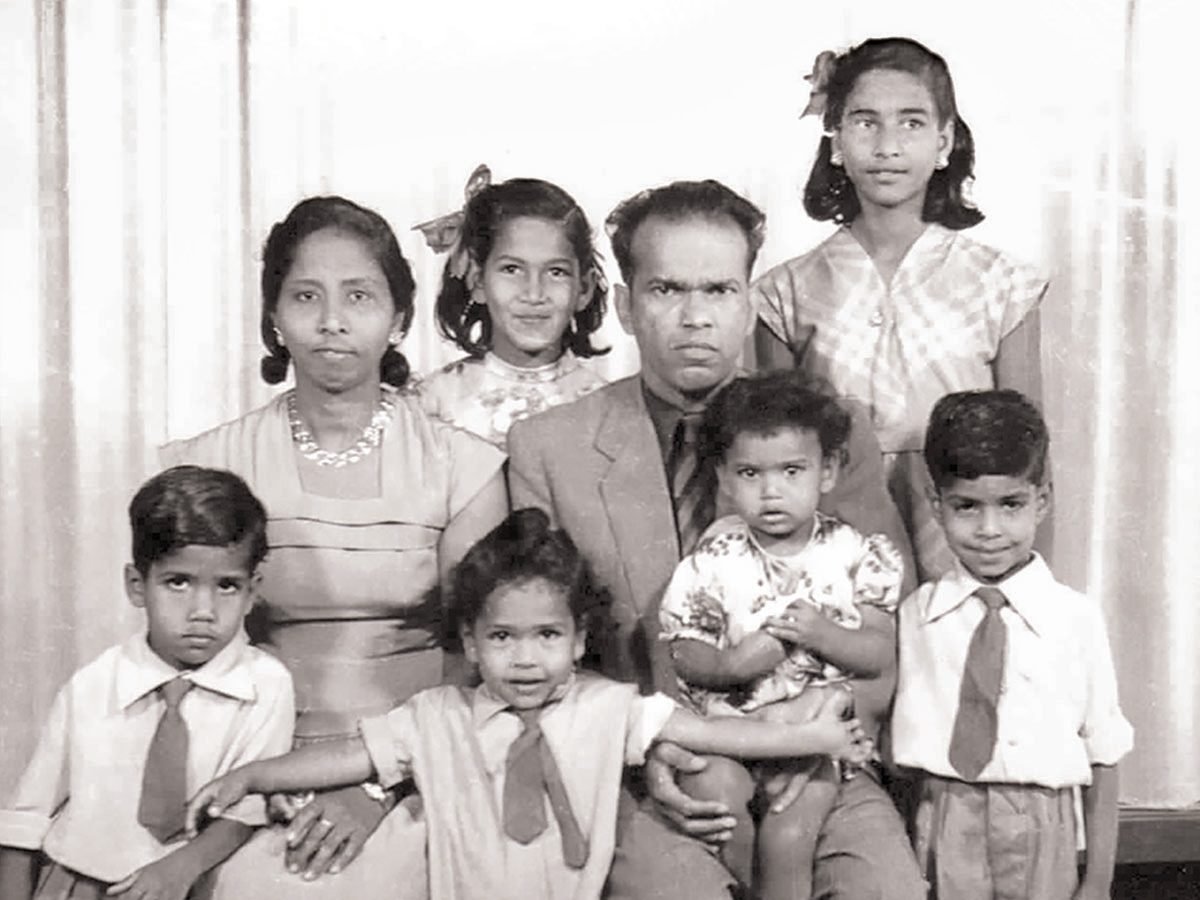
Fortunately, the Canadian government stepped in and agreed to help the refugees. Prime Minister Pierre Elliot Trudeau, in partnership with the Aga Khan, agreed to resettle 8,000 Ugandan-Asian refugees by the end of 1974. This was Canada’s first major resettlement of non-European refugees in Canada.
My sister, Matti, and brother, Placido, passed the screening test set by the Canadian High Commission three days before the deadline and made their way to Montreal in November 1972. My parents ultimately opted to return to Goa and brought me with them, since I was underage and did not qualify to go to Canada. I continued my studies in Goa at a college that was affiliated with the University of Bombay. My parents could barely pay my school fees. I was left with no money to buy textbooks. Fortunately, fellow students came to my rescue, lending me the books that I used to study during the better part of the night and returned the books the following morning.
Life was a constant struggle in our village house in Goa. There was no electricity or running water, amenities that we took for granted in Uganda. My brother and sister wrote about their lives in Canada. They had glowing reports of the Canadian way of life that I absorbed and was happy to learn more about. It was then instilled in my mind that I would immigrate to Canada eventually.
After two difficult years in India, this dream was about to become a reality when my brother and sister sponsored me to come to Canada. I made several trips to Bombay for my interview and medicals. I was ecstatic when I passed the screening process and was destined to go to Canada.
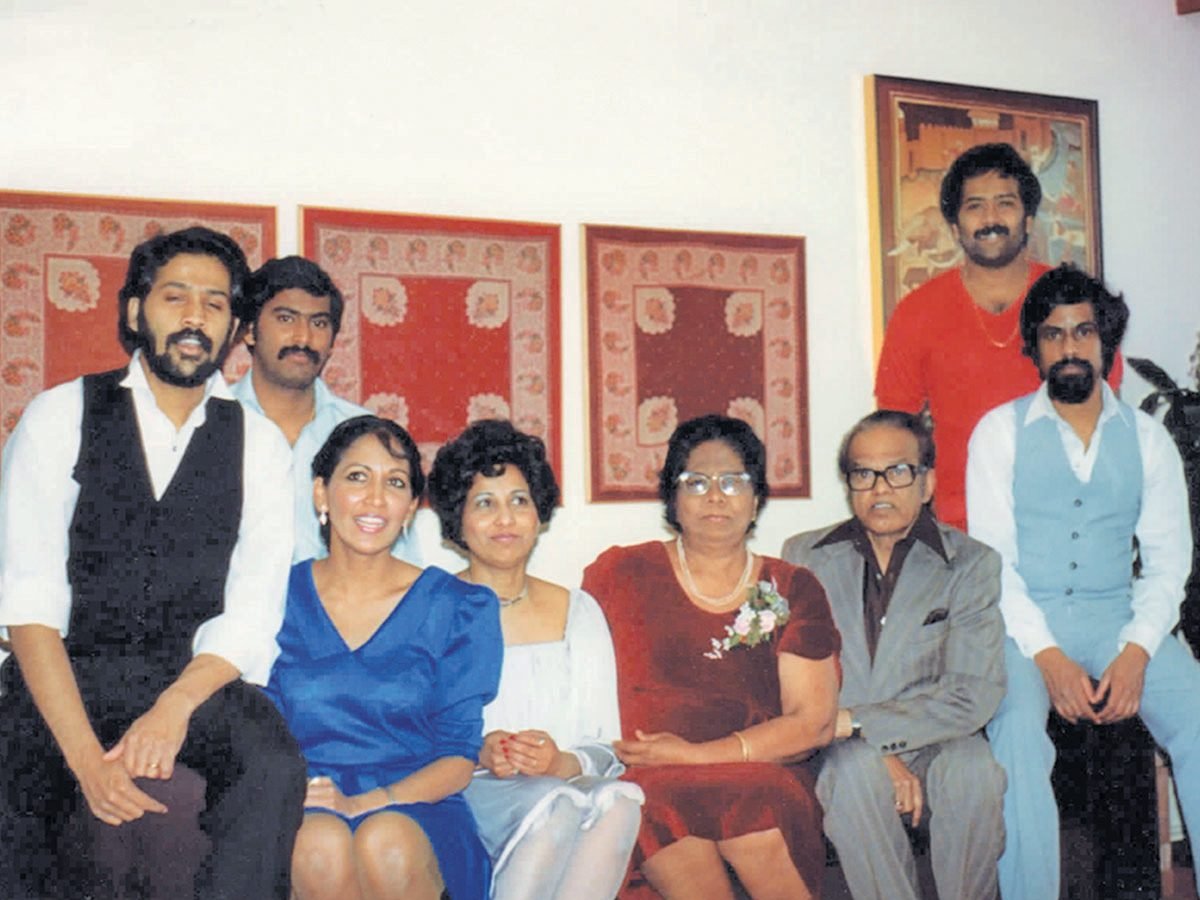
It was a joy to see my brother and sister for the first time after two years. I was excited about starting my life in this great country. With only two dollars in my pocket, it was imperative that I find a job. I was refused employment on the grounds of having no “Canadian experience.” That was tough to swallow. How could I gain Canadian experience without being given a chance to get a job in Canada?
However, a friend of mine was able to get me into an engineering firm as a junior draftsman. Although I started working in Montreal, I was soon sent to Fermont in northeastern Quebec. The job allowed me to save money to return to university. The only English university in Montreal that offered a program in chemical engineering, my preference, was McGill, but I realized the prestigious university was unlikely to accept me without having any Canadian schooling. Instead, I decided to first apply to the Faculty of Engineering at Concordia University, where I was accepted.
Long hours of hard work and determination helped me achieve excellent grades in my first year. I then applied to McGill University, confident that I would be accepted into chemical engineering for the for the new semester. I was devastated for a time after my application was rejected.
Thanks to a professor I knew at Concordia, I was put in touch with a man named Sheldon Azimov, who hired me during the summer to help out with his home business. Sheldon’s mother felt sorry for me and took me under her wing, treating me like a son. Mrs. Azimov was the one who suggested that I question why my application had been rejected by McGill University.
I took Mrs. Azimov’s advice and decided to call McGill during the Christmas break. I spoke with a Professor Douglas, informing him of my efforts and ongoing desire to attend McGill. He graciously agreed to meet with me, asking that I bring all my credentials and transcripts with me. Whatever the learned man did on my behalf after forwarding my case to the admissions office, I did not know, but two weeks later, I was accepted to study for a Bachelor’s degree in Chemical Engineering.
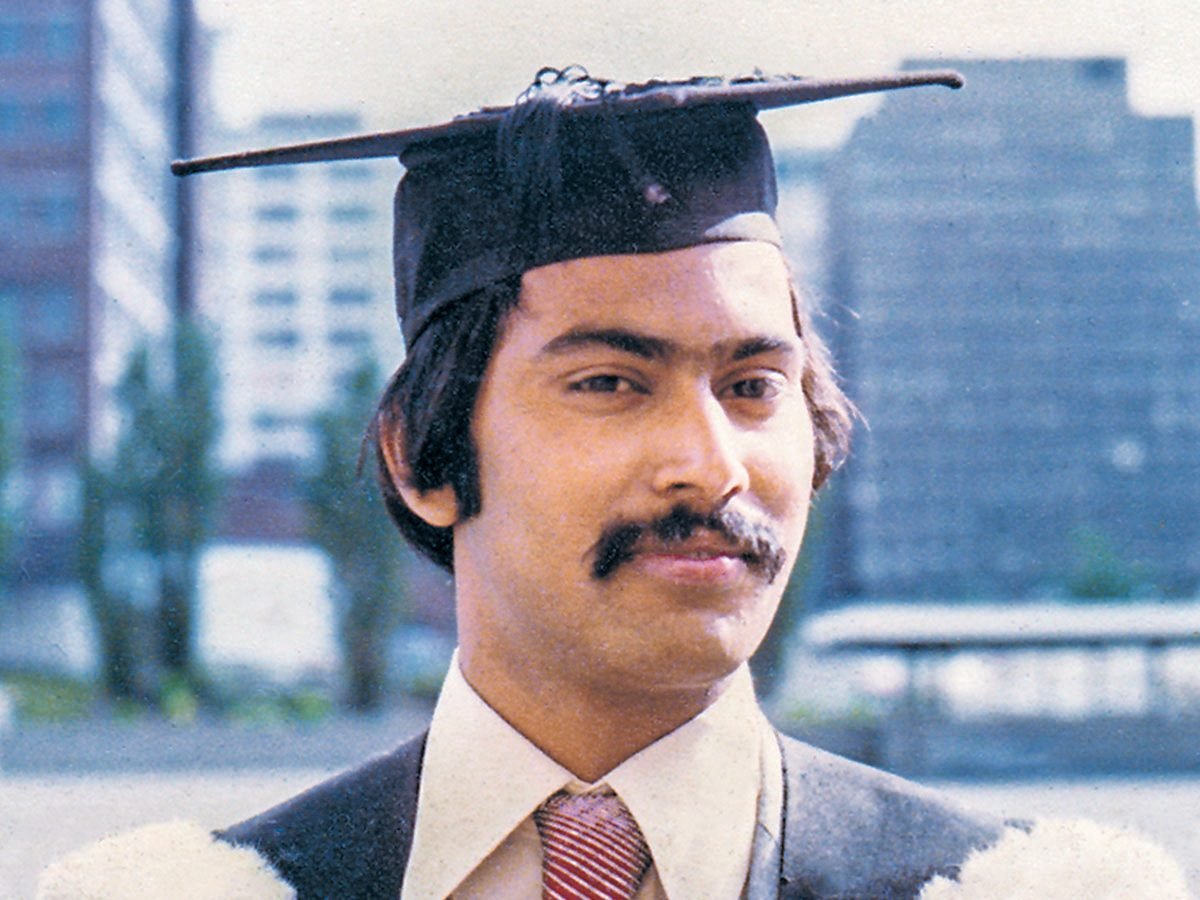
I however needed more money to be able to continue my studies at McGill, so I reached out to student aid for both a loan and bursary, and was initially refused. The student advisor I spoke with afterwards, David Elisha, was puzzled why I had been declined, given my dire financial situation, and decided to look into my application a little further. I was granted a loan and bursary a few months later, and together with steady summer employment and every odd job I could find, I was able to make ends meet.
I graduated with my Bachelor’s degree in Chemical Engineering in 1980 and set off to work in my field of study. I would go on to work for Union Carbide for eight years, where I eventually became a lead process engineer. I then moved on to Suncor Energy and have held several different titles during my 31 years of working for them. I am grateful to the many people who helped me in the pursuit of my education and the establishment of a rewarding life and career in Canada. My biggest thanks of all go out to my family, my sister and brother in particular, and to this beautiful country for giving me the opportunity to achieve my life-long dream.
Next, check out what one recent immigrant wishes he’d known before moving to Canada.
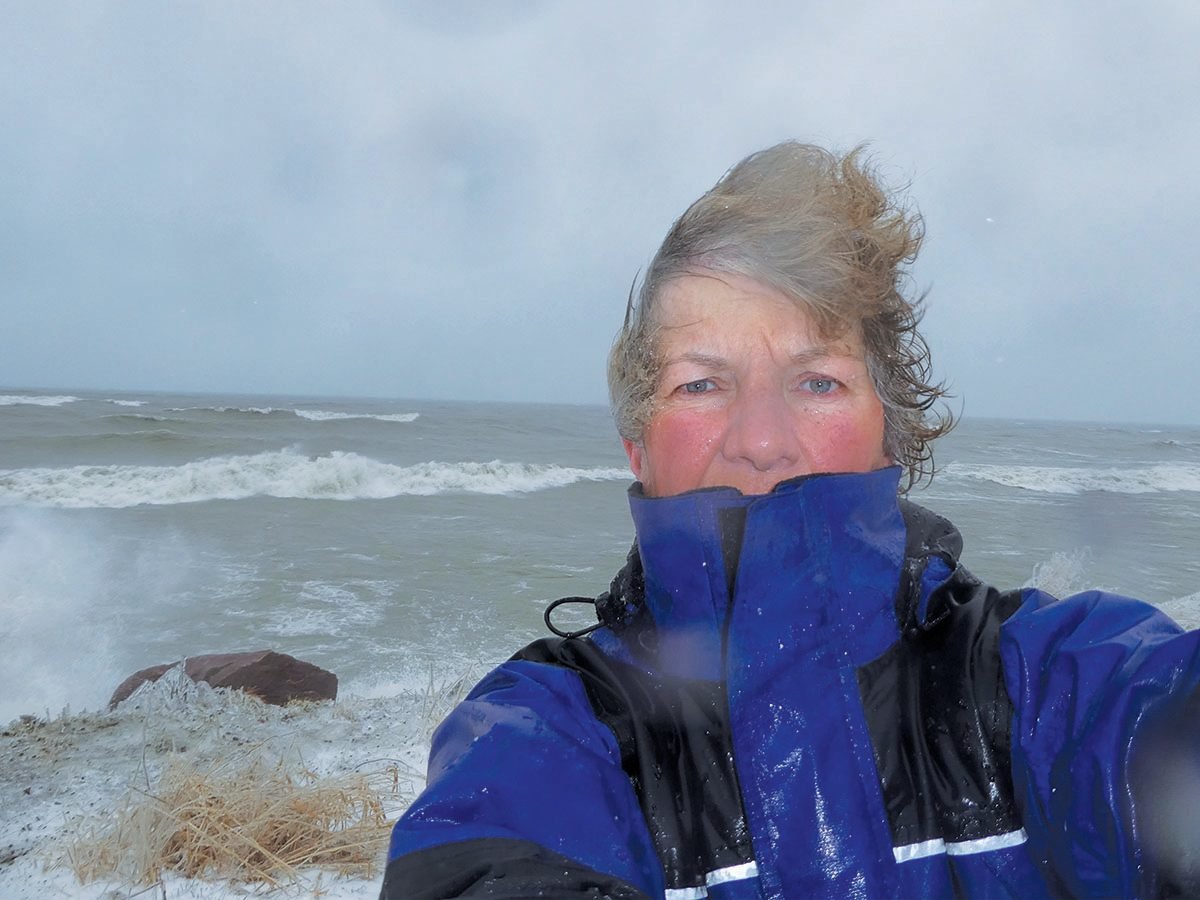
I have lived a short walking distance from the Scarborough Bluffs all my life, that’s nearly 55 years! I began to explore the Bluffs as a young girl. My mom would always remind me to “Stay away from the Bluffs!” but I did not take that advice, preferring to venture out there and pretend I was a mountain climber or Arctic explorer.
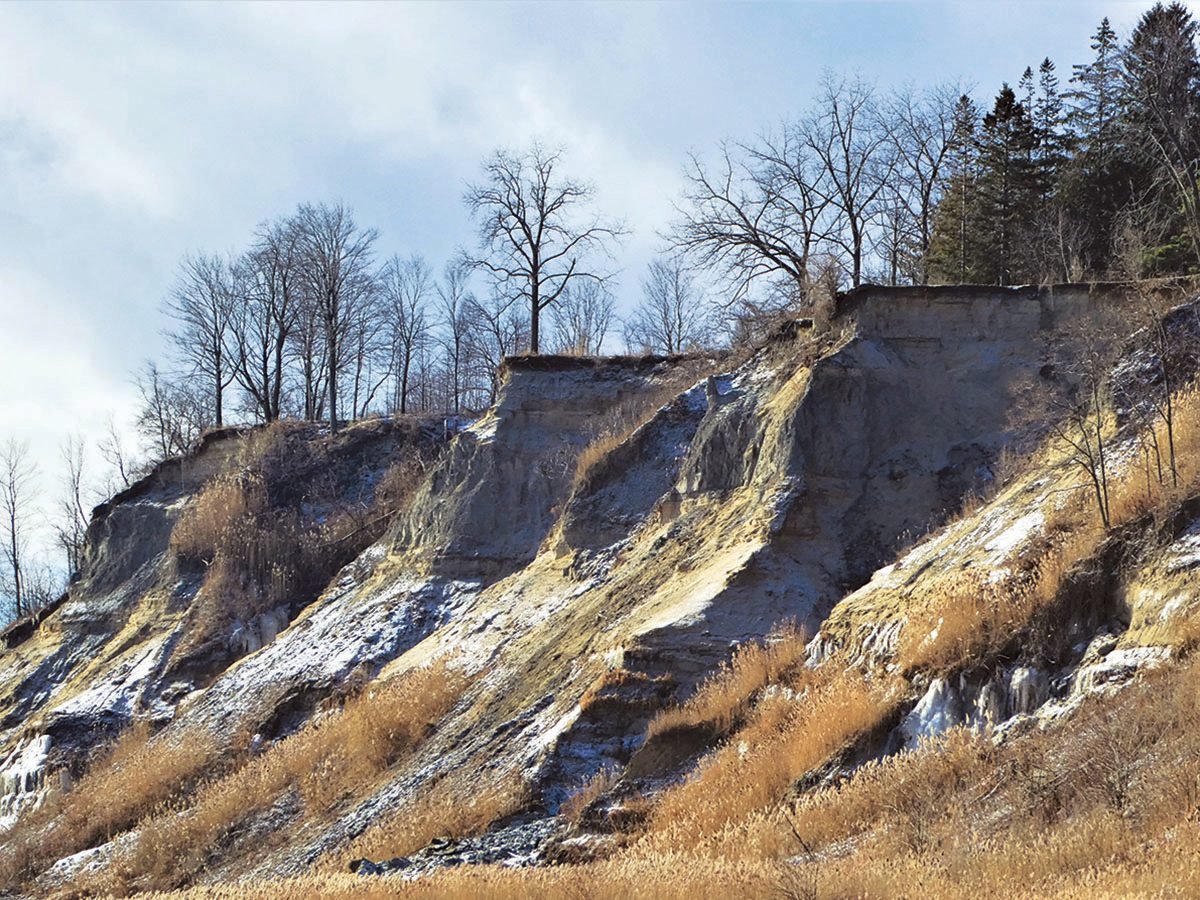
A brief history of the Scarborough Bluffs
Let me give you a little history of the Bluffs. They were named by early settlers Elizabeth and John Graves Simcoe. The cliffs reminded Mrs. Simcoe of her home, Scarborough, England. The magnificent cliffs stretch about 15 kilometres along the shore of Lake Ontario. They start at Victoria Park Ave. in the west and end around Manse Road in the east, then the land levels off and becomes a beach. Some of the property is private as homes sit on the land, but there are plenty of public parks to visit and view the lake from the high vantage point. In the mid ’70s, a landfill park was made called Bluffer’s Park that has allowed boaters and families to picnic and view the Bluffs from the lake. This park is very popular in the summer months, weekends especially.
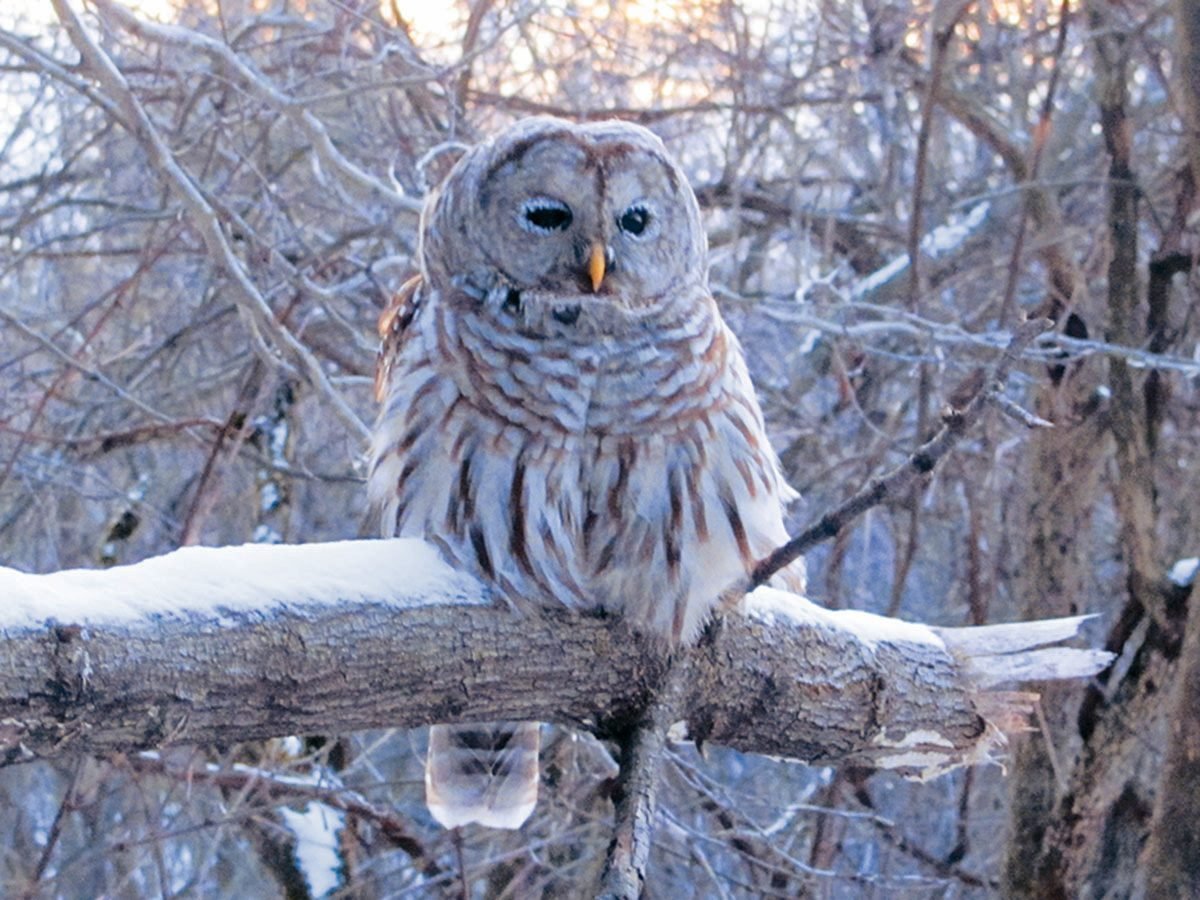
If you aren’t there shortly after breakfast, you ain’t gettin’ there! The police have to block off the access road to avoid massive traffic congestion. I don’t spend as much time at the Bluffs at those times. It’s too busy! The Bluffs are home to wildlife, too. On a quiet day you’ll see deer, fox, coyote, birds, and if you’re lucky, the occasional owl.
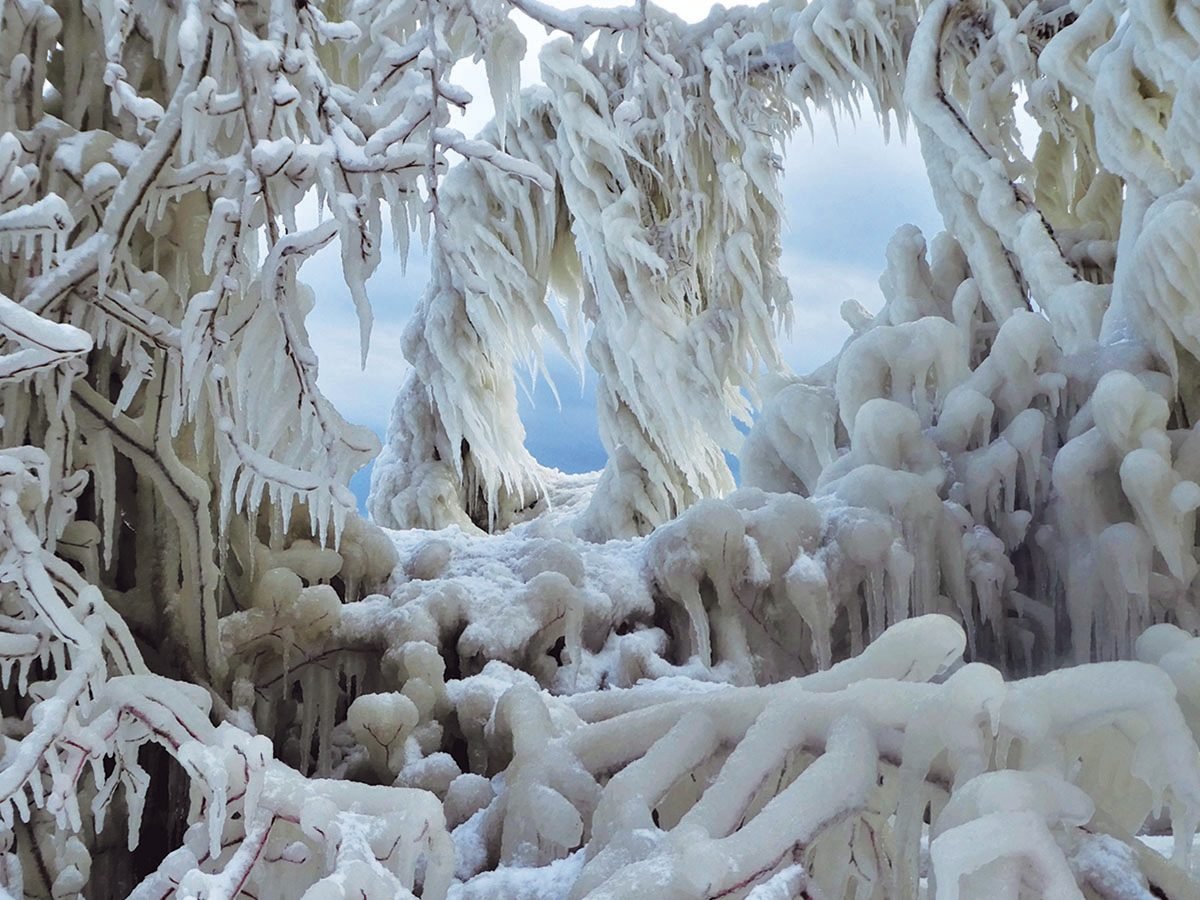
As I mentioned, I have been exploring the Bluffs for many years now and every visit is a little bit different. When geocaching became popular, I thought that placing a geocache there and naming it after my mom’s quote “Stay away from the Bluffs!” would be a good idea. My friend, Glenda, set me up and helped place the cache for geocachers to seek.
I spend the majority of my visits to the Bluffs alone with my camera, and as my family, friends and colleagues could attest, I prefer my visits when the weather is wild. Wind, cold and snow make for better photos—and more adventure! In high winds and cold temps, lake water splashes up and freezes on shore, creating wintry photo ops galore! I also like to photograph the weird sand formations that take shape, and lost or forgotten relics I happen to spot. I hope you’ve enjoyed this little journey with me to my hometown stomping grounds!
Next, check out what winters look like in Alberta and Saskatchewan.
